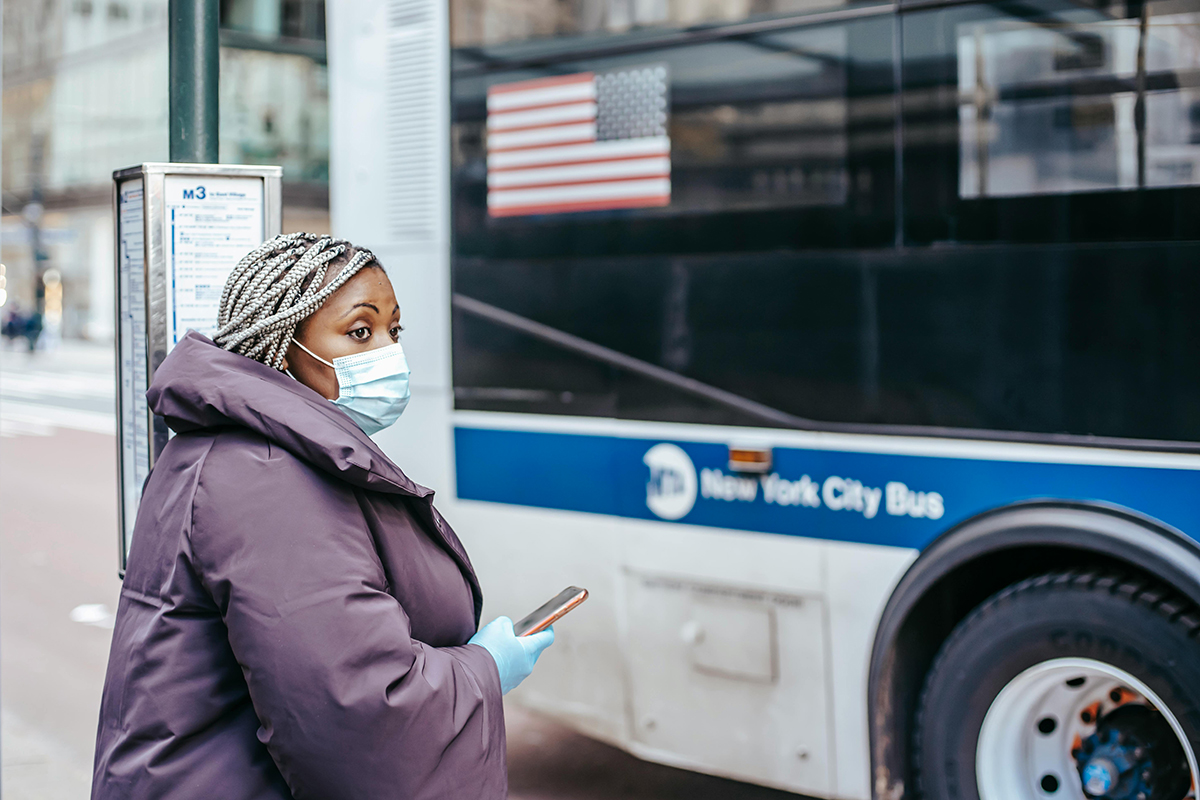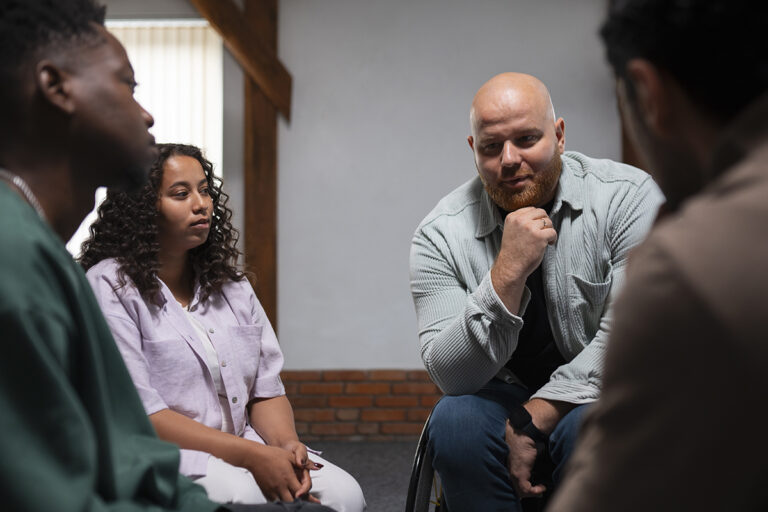Understanding the U.S. Public Transportation System: A Guide for Immigrants
Transportation plays a vital role in daily life—from getting to work and school to attending medical appointments and shopping. For many immigrants who may not own a car when they arrive, learning how to use public transportation in the United States is essential. While transportation systems vary by city and state, most major areas offer buses, trains, subways, and other services. This article offers practical guidance on using public transportation, understanding routes and payment systems, and navigating your community confidently and affordably.
1. Types of Public Transportation
Public transportation options include buses, subways (metro), commuter trains, trams, and ferries. Larger cities usually have more advanced transit networks, while smaller towns may rely primarily on buses. Services typically run on fixed routes and schedules. Many systems offer mobile apps and websites to check times, routes, and delays in real time.
2. How to Plan Your Trip
Planning is key to using public transit effectively. Use tools like Google Maps, Transit App, or your city’s transportation website to find the best routes. Most platforms allow you to enter your start and end points to receive step-by-step directions. Check for schedules, transfer points, and travel times. Allow extra time for delays, especially when going to appointments or work.
3. Paying for Transit Services
Fares vary by city and type of service. Some systems accept exact cash, while others require prepaid cards or mobile payment apps. For example, New York City uses the OMNY system, and Washington, D.C. uses SmarTrip cards. Many cities offer discounted fares for seniors, students, and low-income riders. Weekly or monthly passes can save money for regular users.
4. Riding the Bus or Train
Arrive at the stop a few minutes early and look for posted signs or route numbers. When the bus arrives, wait until it stops completely and enter through the front door. Swipe your card, tap your app, or pay cash if needed. For trains or subways, check your direction and platform before boarding. Keep your ticket or proof of payment with you at all times in case inspectors check.
5. Safety Tips for Public Transit
Public transportation is generally safe, but it’s wise to stay alert. Keep your belongings close and avoid using your phone in crowded or unfamiliar areas. Avoid traveling late at night if possible, especially in isolated locations. Trust your instincts—if something doesn’t feel right, move to a different area or alert staff or authorities.
6. Accessibility and Language Help
Most public transportation systems offer accessibility features for people with disabilities, including ramps, elevators, and priority seating. Many systems also provide information in multiple languages or have customer service lines to assist non-English speakers. Don’t hesitate to ask for help—drivers and station staff are trained to support passengers.
7. Alternatives to Public Transit
In areas where public transit is limited, other options include ride-sharing apps like Uber and Lyft, local shuttles, bike-share programs, and carpools. These services can fill transportation gaps, especially in suburban or rural areas. Some cities also offer nonprofit transportation services for seniors and immigrants attending job training or medical appointments.
Conclusion
Learning to use public transportation empowers immigrants to access jobs, education, health care, and social opportunities. By understanding the system, planning ahead, and staying safe, you can move through your community with confidence and independence. Transit is not just about travel—it’s a pathway to opportunity and connection in your new life in the United States.




